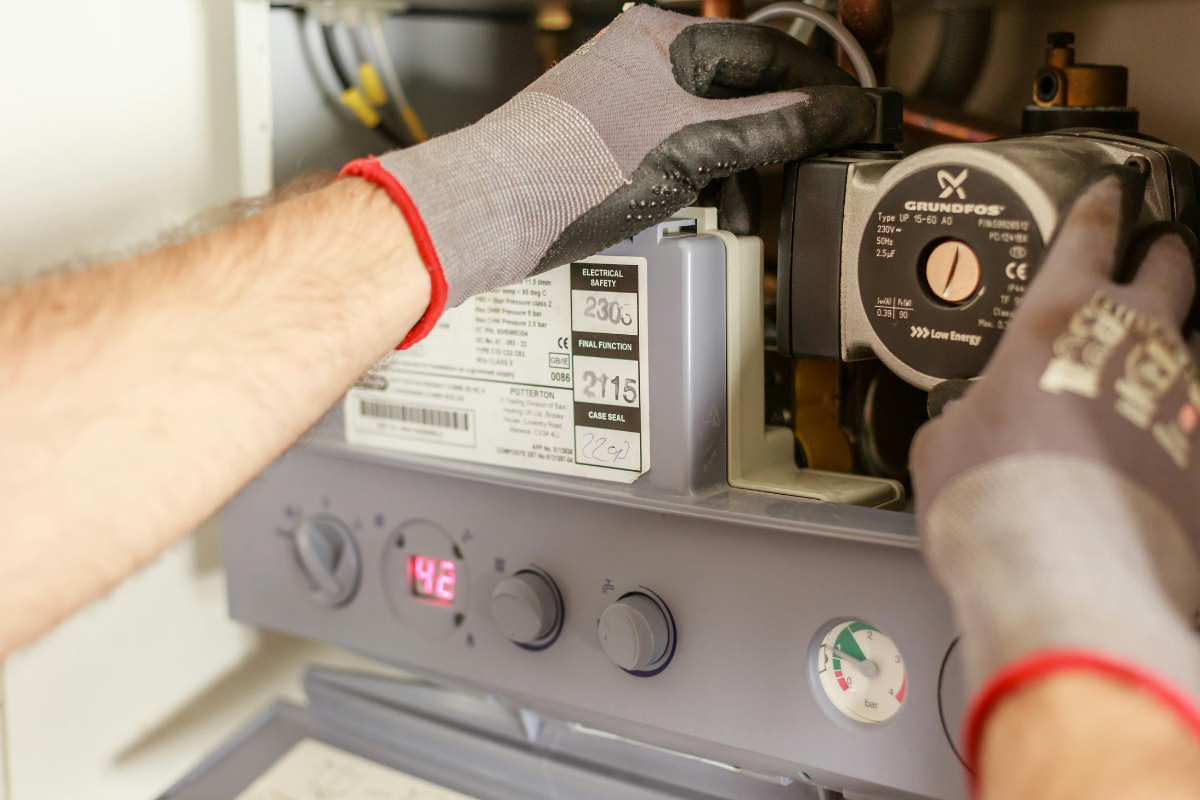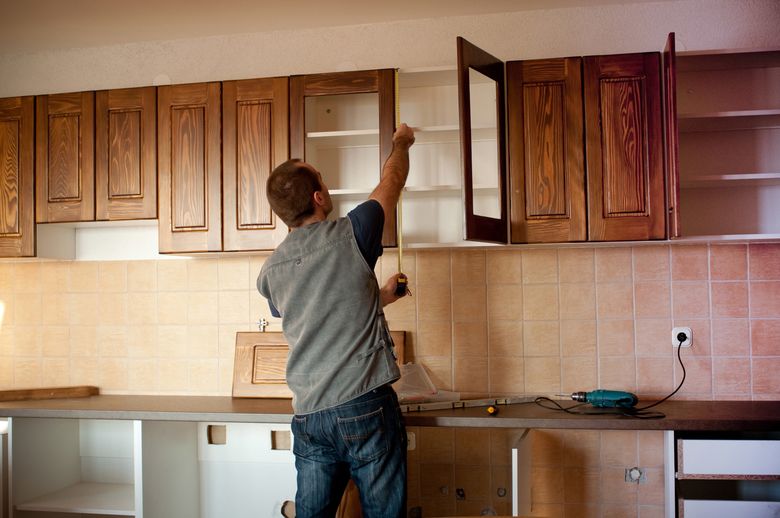This article following next in relation to The Future of Plumbing: Trends and Innovations to Watch is exceptionally stimulating. You should give it a look.

Introduction
The plumbing industry is undergoing a transformative phase driven by technological developments and expanding worries for sustainability and efficiency. This article discovers arising trends and innovations forming the future of pipes.
Regulatory Landscape
Governing frameworks play an important role in shaping the adoption of pipes advancements, with criteria and codes controling everything from water effectiveness to product safety. As modern technologies continue to develop, regulative bodies must adjust to guarantee consumer protection and environmental stewardship.
Future Overview
The future of plumbing is characterized by proceeded advancement and combination with other industries such as IoT, renewable energy, and structure automation. By embracing lasting practices, leveraging emerging modern technologies, and prioritizing user-centric design, the plumbing sector is poised to address the advancing needs of culture while lessening its ecological footprint.
Enhanced Fact in Pipes
Augmented Reality (AR) technology is revolutionizing pipes by supplying technicians with real-time aesthetic guidance for troubleshooting and repair jobs. AR-enabled wise glasses or mobile applications overlay digital details onto the physical setting, helping plumbing technicians envision pipe designs, identify surprise leakages, and carry out repair work with accuracy.
Impact of 3D Printing
The arrival of 3D printing has presented new possibilities in making pipes parts. From custom-designed fixtures to elaborate pipeline fittings, 3D printing permits rapid prototyping and on-demand manufacturing, decreasing lead times and making it possible for better modification in pipes layout.
Health and Safety Features
In response to enhanced concerns for health and wellness, plumbing components are integrating features such as antimicrobial surface areas, touchless operation, and self-cleaning devices. These technologies not only boost hygiene however also advertise user comfort and convenience.
Hygiene-focused Fixtures
Touchless faucets, self-sanitizing commodes, and antimicrobial surface areas are becoming progressively widespread in domestic and business setups, reducing the danger of bacterium transmission and advertising a cleaner, much healthier environment.
Water Top Quality Surveillance
Innovations in water quality tracking innovations allow home owners to keep track of the purity and security of their supply of water in real-time. Smart water quality sensing units can discover pollutants, pH levels, and temperature level variants, equipping users to take aggressive actions to make certain water safety and security.
Remote Pipes Solutions
Remote diagnostics and online aid are transforming the means pipes solutions are delivered. With video clip conferencing and remote gain access to modern technologies, plumbers can troubleshoot issues, supply guidance for do it yourself repair work, and even execute remote evaluations, using greater accessibility and benefit to house owners.
Obstacles and Opportunities
While plumbing innovations hold enormous promise, they also existing challenges such as data privacy problems, governing conformity, and the demand for workforce training. Attending to these obstacles needs collaboration between sector stakeholders and regulatory bodies to guarantee risk-free and accountable implementation of brand-new innovations.
Smart Pipes Equipments
Including clever innovation right into pipes systems allows remote surveillance, leakage discovery, and automated upkeep. Smart sensors and IoT (Internet of Things) gadgets allow house owners and plumbings to keep track of water usage and identify problems in real-time, bring about extra effective source monitoring and aggressive upkeep.
Water Performance Solutions
With boosting focus on water conservation, cutting-edge solutions are being developed to lessen water wastefulness in plumbing systems. High-efficiency fixtures, greywater recycling systems, and wise irrigation controllers are amongst the technologies helping customers reduce their water footprint while maintaining convenience and benefit.
Lasting Materials
The change towards sustainability reaches plumbing products, with a growing choice for eco-friendly choices. Biodegradable piping products, such as PEX (cross-linked polyethylene) and HDPE (high-density polyethylene), deal sturdiness and resistance to corrosion without jeopardizing environmental stability.
Anticipating Upkeep
Anticipating upkeep techniques take advantage of information analytics and artificial intelligence algorithms to expect and protect against plumbing issues before they occur. By examining historic data and performance metrics, anticipating upkeep algorithms can identify patterns and abnormalities, enabling aggressive interventions to prevent costly repair services and disruptions.
Verdict
To conclude, the future of plumbing is defined by a convergence of innovation, sustainability, and user-centric style. By accepting wise solutions, lasting materials, and aggressive maintenance methods, the plumbing sector can enhance efficiency, advertise safety, and add to a more sustainable future.
The Future of Plumbing: Trends and Innovations to Watch
Introduction to Future Plumbing Trends
The future of plumbing is being shaped by several key factors, including technological advancements, environmental concerns, and changing consumer expectations. These factors are driving the development of new products, services, and practices that enhance the efficiency, sustainability, and convenience of plumbing systems.
Key Trends and Innovations in Plumbing
Smart Plumbing Systems: The integration of smart technology into plumbing systems is transforming the way we manage water usage and detect issues. Smart leak detectors, automated water shut-off valves, and smart faucets are just a few examples of how technology is enhancing plumbing systems. These devices provide real-time data and remote control capabilities, allowing homeowners to monitor and manage their water usage more effectively. Water Conservation and Efficiency: With increasing concerns about water scarcity, there is a growing emphasis on water conservation and efficiency. Innovations such as low-flow fixtures, greywater recycling systems, and rainwater harvesting are becoming more popular. Plumbers are adopting these technologies to help customers reduce their water consumption and save on utility bills. Sustainable Materials: The use of sustainable materials in plumbing systems is gaining traction. This includes the adoption of recyclable and biodegradable materials, as well as the use of non-toxic and eco-friendly products. Sustainable materials help reduce the environmental impact of plumbing systems and promote long-term sustainability. Energy-Efficient Water Heaters: Advances in water heating technology are leading to the development of more energy-efficient systems. Tankless water heaters, solar water heaters, and heat pump water heaters are becoming more prevalent. These systems offer significant energy savings and reduce the carbon footprint of homes and businesses. Trenchless Technology: Trenchless technology is revolutionizing the way plumbing repairs and installations are conducted. This method allows for the repair or replacement of pipes without extensive excavation, minimizing disruption and reducing costs. Techniques such as pipe bursting and cured-in-place pipe (CIPP) lining are gaining popularity. Health and Safety: The focus on health and safety is driving innovations in plumbing systems. Touchless faucets and fixtures, antimicrobial materials, and improved water filtration systems are being developed to enhance hygiene and protect public health. Plumbers are adopting these innovations to meet the growing demand for safer and healthier plumbing solutions. Remote Diagnostics and Monitoring: The ability to diagnose and monitor plumbing systems remotely is becoming increasingly important. Remote diagnostic tools and sensors allow plumbers to identify issues and perform maintenance without the need for on-site visits. This enhances efficiency and reduces the need for costly emergency repairs. Impact of Future Trends on the Plumbing Industry
Enhanced Efficiency: The adoption of smart technology and energy-efficient systems will enhance the efficiency of plumbing systems. This will lead to reduced water and energy consumption, lower utility bills, and improved performance. Sustainability: The focus on sustainability will drive the development and adoption of eco-friendly plumbing solutions. This will contribute to the conservation of natural resources, reduction of waste, and protection of the environment. Improved Customer Experience: The integration of technology and innovative solutions will improve the customer experience. Homeowners will have greater control over their plumbing systems, access to real-time data, and the ability to manage their water usage more effectively. Increased Demand for Skilled Plumbers: The adoption of new technologies and materials will require plumbers to acquire new skills and expertise. There will be an increased demand for skilled plumbers who are knowledgeable about the latest trends and innovations. Cost Savings: The use of efficient and sustainable plumbing solutions will result in cost savings for both homeowners and businesses. Reduced water and energy consumption, lower maintenance costs, and fewer emergency repairs will contribute to overall affordability. Preparing for the Future of Plumbing
Stay Informed: Keep up-to-date with the latest trends and innovations in the plumbing industry. Attend industry conferences, participate in training programs, and engage with manufacturers to stay informed. Invest in Training: Ensure that you and your team are trained in the latest technologies and installation techniques. This will enable you to offer cutting-edge solutions to your customers and stay competitive in the market. Promote Sustainable Solutions: Highlight the benefits of eco-friendly and energy-efficient plumbing solutions to your customers. Educate them about the advantages of adopting sustainable practices and products. Leverage Technology: Embrace smart technology and remote diagnostic tools to enhance your services. Offer remote monitoring and maintenance options to provide added convenience and value to your customers. Collaborate with Manufacturers: Partner with manufacturers of innovative plumbing products to gain access to the latest solutions and technical support. This can also provide opportunities for joint marketing efforts. Focus on Customer Education: Educate your customers about the benefits and functionality of new plumbing technologies. Provide guidance on how to use smart systems and maintain sustainable plumbing solutions. Conclusion
The future of plumbing is being shaped by exciting trends and innovations that promise to enhance efficiency, sustainability, and convenience. By staying informed and embracing these changes, plumbers can provide superior services to their customers and contribute to a more sustainable future. The adoption of smart technology, sustainable materials, and energy-efficient systems will drive the evolution of the plumbing industry, creating new opportunities and challenges. By preparing for the future, plumbers can ensure their success in a rapidly changing market.

I hope you liked our piece on . Thanks for finding the time to read our posting. Appreciated our review? Please quickly share it. Help somebody else find it. I truly appreciate your readership.
Call